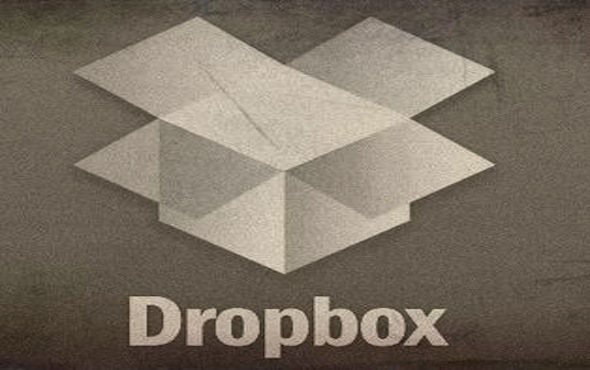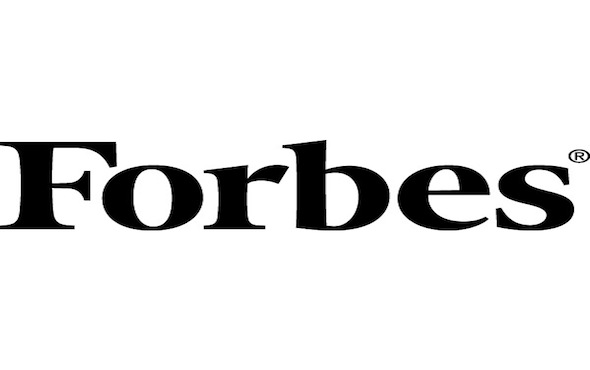
Limitations of Dropbox For Business
Read Original Article
I) In any case, they are still limited to being only a cloud storage provider
With cloud industry technologies evolving every day, CIO’s and IT admins are faced with a task much more trying than finding the cheapest replacement for their in-house file server. Enterprises need top-notch collaboration tools along with complete management capabilities over their users. Moreover, with the number of cloud features available, providers can no longer get away with being just storage or backup providers – you need versatility. This is precisely why DriveHQ is devoted to advancing technologies and making our cloud package more attractive than any other offering across the industry. Our ever-growing feature list includes: a remote file server, online storage, online backup, ftp/email/web hosting, group management/collaboration, folder synchronization, webDAV drive mapping, active directory integration, true drop box services, and much more. As much as Dropbox does to increase their performance, sharing capabilities and cost for storage, their offerings to businesses are still limited at cloud storage.
Dropbox claims to be used by more than 95% of fortune 500 companies – so are we to assume that almost all fortune 500 companies are spreading their sensitive cooperate information across multiple providers? This is what would have to be done if the company was using Dropbox sync and required any sort of true management, backup, etc solution. While this might be an acceptable solution for a short period, businesses will soon realize that Dropbox is going against what our service is meant to provide; to make your lives and the lives of your users easier. You do not want to pay $180/user/year (Dropbox’s enterprise pricing) for a service where you are constantly wasting time trying to organize and support your employees or clients. DriveHQ designs its products and services so that retraining is not required within your organization. We think your users should be able to access their own or their shared material directly from the desktop environment they are familiar with, but also without requiring the use of local storage (read below).
II) What do the amounts spent on acquisitions say for their devotion to enterprise?
The last year has been a busy one for the consumer cloud provider; passing the $1 billion mark on their overall funding, Dropbox has acquired thirteen of their 17 total acquisitions since just July of ’13. Taking a look at the list of these acquisitions , it is pretty easy to get a sense of what they are aiming for. Let’s start on their deals with Loom and Bubbly – two acquisitions that played instrumental roles in the development of the “Carousel” feature they announced shortly after their “enterprise restructuring” claim. This is a fantastic representation of how Dropbox is still a consumer service provider at heart. Carousel is a media tool that is used to help users store and organize their photos automatically (a clever way for Dropbox to reel in more storage usage). They continue to throw millions of dollars into these features that will mean nothing to enterprises – who they claim to be in the direct market for.
III) Why the famed synchronization solution is not viable for businesses
Dropbox has become so incredibly popular, and has been mimicked by so many other providers, that most users feel they have no choice but to put up with those infamous Dropbox problems. The first and most fundamental problem that arises for businesses just happens to be the same as what makes the service so appealing to consumers:
- When installed on the user’s computer, a sole synchronization is immediately created between the local Dropbox folder and the cloud. This means that you are taking up both your local space, and that which you are paying Dropbox for. Moreover, you now have multiple copies of a file across who knows how many computers – how are you expected to collaborate within an organization of 100-10,000 employees when everybody is accessing a different file and synching conflicting changes.
- This “sync-only” philosophy conjured up by Dropbox also opens up huge liabilities with employees that are working on temporary projects or is recently let go. Once a folder is shared with any Dropbox user - they appear on their local folder and have complete access to those files. Businesses should have the ability to restrict permissions to individual folder or file shares to prevent such situations.
You can read more about Dropbox inefficiencies, and DriveHQ’s solutions to these common problems on our review pages:













0 Comments